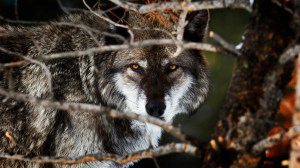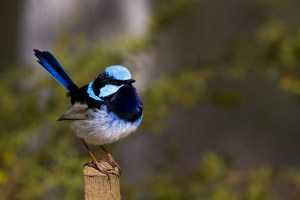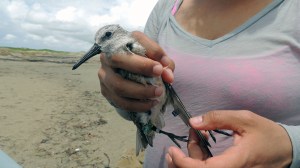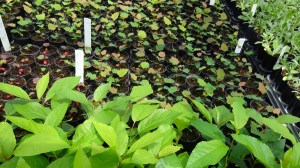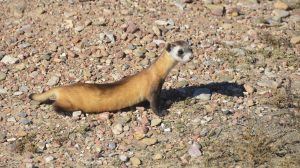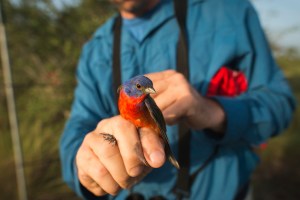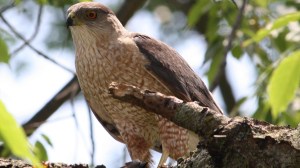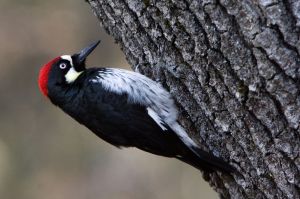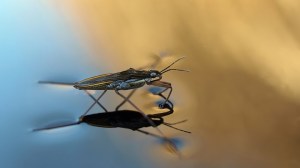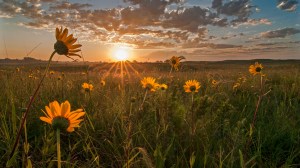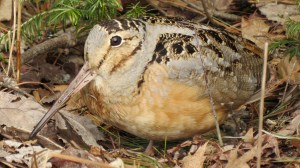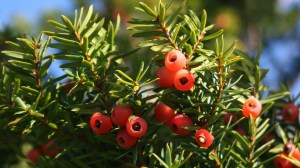Discover stories in Biodiversity
Tips for Seeing Wolves and Bears in Yellowstone
Want to see a gray wolf, black bear or grizzly in Yellowstone? Expert tips for making the most of your predator spotting adventure.
Can Common Names Help Avian Subspecies Conservation?
New research from Conservancy scientists outlines a new list of Australian bird subspecies, assigning each an English common name for the first time in an effort to aid conservation.
For Migratory Red Knots, It’s a Small World After All
Red knots migrate from one end of the earth to the other. But they rely on a select number of spots – and the people who observe them can be a critical aid in their conservation.
What Happens When You Plant a Pile of Bear Scat?
A biologist plants a pile of bear scat. What pops up surprised even her.
What Has the Endangered Species Act Ever Done for Us? More Than You Think.
99% of species protected by the endangered species act have been saved from extinction. You read that right, 99%.
Migration, The Black Box of Neotropical Bird Conservation
New research evaluates the state of the science around bird populations migrating through the Gulf of Mexico.
It’s Raining Blood and Feathers: Catching the Spring Raptor Show
How to see some of the world’s most dramatic predators – without leaving your neighborhood.
Acorn Woodpecker: The Fascinating Life of the Master Hoarder
Meet the acorn woodpecker, the master hoarder with many surprises in store.
7 Cool Facts About Water Striders
They walk on water, they devour mosquito larvae and they have one of the most disturbing mating rituals on earth. Take a close look at this common insect of Northern Hemisphere ponds, creeks and puddles.
Recovery: Prairie Reprise
Hope on the prairie: conservation and restoration chart a brighter future for North America’s grasslands.
The American Woodcock, And Why We Should Be Cutting More Trees
We all love old growth forests. But American woodcock need young forests. And they’re tough to find in the Northeast U.S.
Is Your Landscaping Killing Wildlife?
A common landscaping shrub is dropping large mammals dead in their tracks. Here’s what you need to know.
